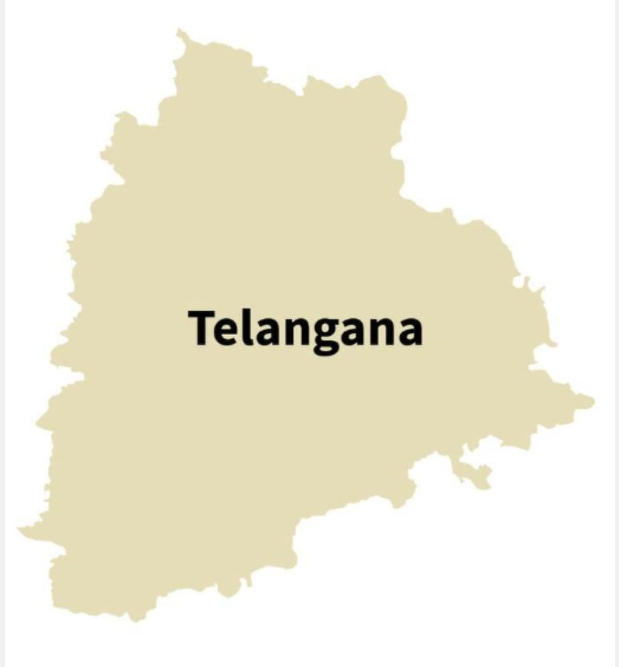





Disclaimer: Copyright infringement not intended.
Various critiques are arguing that the Disaster Management (Amendment) Bill isn't pursuing holistic goals, missing yet another opportunity which could have been helpful for similarly complex environmental legislations.
On August 1, 2024, the central government introduced the Disaster Management (Amendment) Bill in the Lok Sabha.
Particulars |
Current Provisions under the Disaster Management Act, 2005 | Proposed Changes under the Disaster Management (Amendment) Bill, 2024 |
Preparation of Disaster Management Plans |
National and State Executive Committees assist NDMA and SDMA in preparing national and state disaster management plans. |
NDMA and SDMA will directly prepare disaster management plans. |
Functions of NDMA and SDMA |
1. Review disaster management plans of government departments. |
Adds new functions, including: |
Disaster Databases |
Not specified in the Act. |
NDMA and SDMA will prepare databases on: |
Additional Functions of NDMA |
Not specified in detail. |
NDMA will assess disaster preparedness of states and conduct post-disaster audits of preparedness and response. |
Regulation-making Power |
Not explicitly provided. |
NDMA will have the power to make regulations under the Act, with prior central government approval. |
Urban Disaster Management Authorities |
Not provided for in the Act. |
State governments can constitute an Urban Disaster Management Authority for state capitals and cities with municipal corporations. The authority will prepare and implement disaster management plans for its area. Municipal Commissioner as the chairperson, the District Collector as the vice chairperson, and other members specified by the state government. |
State Disaster Response Force (SDRF) |
No provision for SDRF; only National Disaster Response Force (NDRF) is provided for. |
State governments will be empowered to constitute a State Disaster Response Force (SDRF). The state government will define the SDRF's functions and terms of service. |
Statutory Status to Committees |
No statutory status for pre-existing bodies like the National Crisis Management Committee (NCMC) and High-Level Committee (HLC). |
Statutory status given to the NCMC and HLC. The Cabinet Secretary will serve as the chairperson of NCMC. Minister of the department with administrative control over disaster management will serve as chairperson of the HLC. |
Appointments to NDMA |
Central government Provides officers, consultants, and employees to NDMA as necessary. |
NDMA will have the power to specify the number and category of officers and employees, with previous approval of the central government. NDMA may also appoint experts and consultants as needed. |
Top-down Approach and Its Repercussions:
With the climate crisis looming, the very concept of disasters under the Disaster Management Act, 2005 needs to be revisited.
Restricted Definition of ‘Disaster’:
The list includes cyclone, drought, earthquake, fire, flood, tsunami, hailstorm, landslide, avalanche, cloudburst, pest attack, frost, and cold wave.
A blame game between the Centre and States detracts from the realisation of true cooperative federalism in disaster management.
More detail about the bill: https://www.iasgyan.in/daily-current-affairs/the-disaster-management-amendment-bill-2024#:~:text=Creation%20of%20a%20Disaster%20Database,mitigation%20plans%2C%20risk%20register%20etc.
Notified disaster: https://www.iasgyan.in/daily-current-affairs/notified-disasters-8
National Disaster Relief Fund: https://www.iasgyan.in/daily-current-affairs/national-disaster-relief-funds
https://prsindia.org/billtrack/the-disaster-management-amendment-bill-2024
|
PRACTICE QUESTION Q. India faces increasingly frequent and severe heat waves. Suggest effective mitigation strategies for heatwave management in Indian cities. 200 words |









© 2025 iasgyan. All right reserved